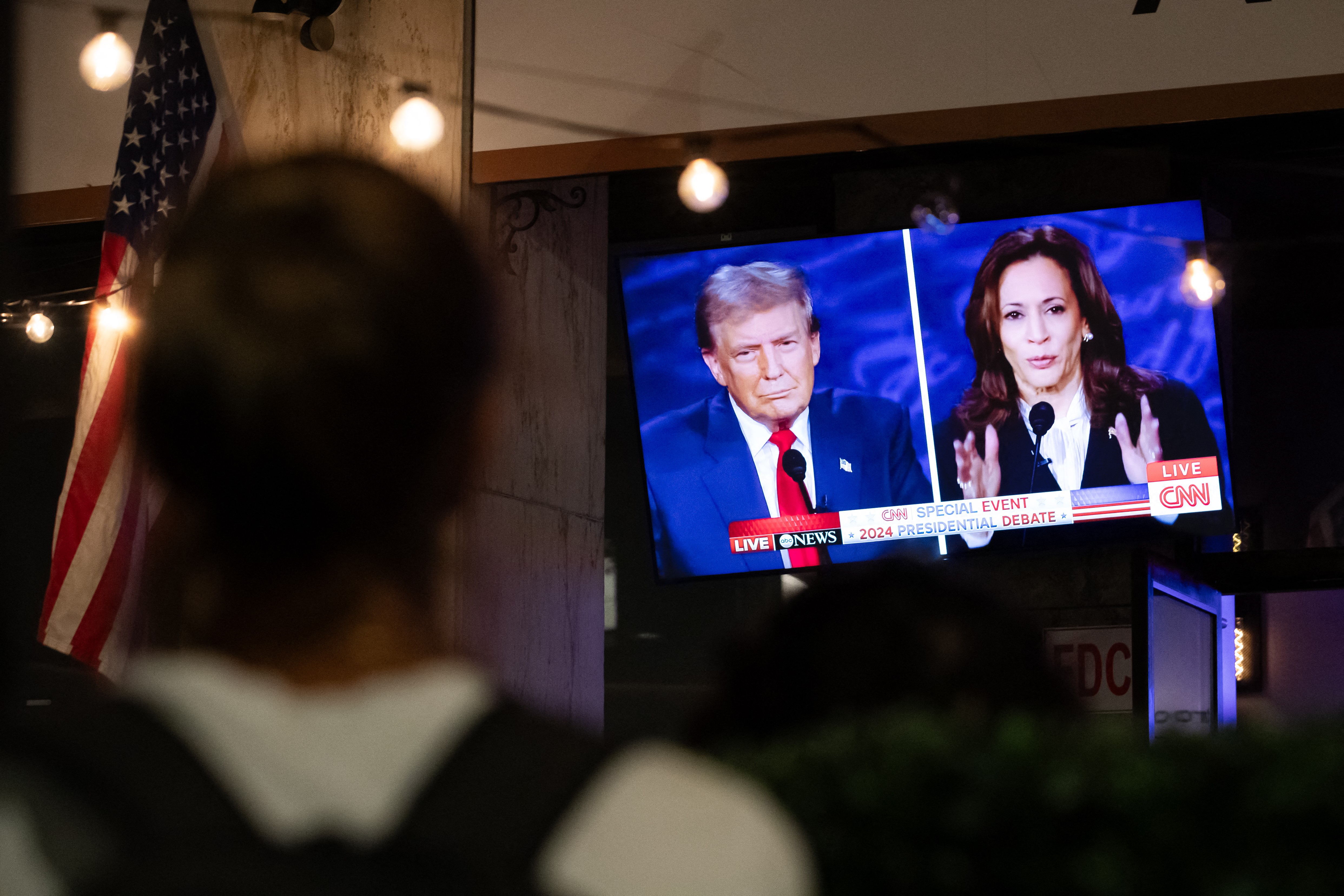Trump and Harris nearly tied in national polls as US election approaches

With the US presidential election less than two weeks away, the current natinal polls do not indicate a clear winner. As of Wednesday morning, current national polling shows vice president Kamala Harris at 49 per cent and former president Donald Trump at 47 per cent. Neither candidate has emerged as a clear frontrunner, leaving the election ultimately to be determined by a few key states.
In the US, presidential elections are not determined by the national popular vote but by the Electoral College, a system where voters in each state select electors who then vote for the president. Each state is allocated a number of electors based on its population, with a total of 538 electors nationwide. A candidate must win at least 270 electoral votes to secure the presidency. Most states follow a winner-takes-all rule, awarding all their electoral votes to the candidate who wins the popular vote in that state.
Path to the White House
This year, the election will likely come down to seven battleground states. Often referred to as the "Blue Wall", Michigan, Pennsylvania and Wisconsin historically lean Democratic, while Nevada, Arizona, Georgia, and North Carolina are considered "toss-up" states, meaning they could go to either party. To win, Trump would need to claim one or more of the Blue Wall states, while Harris's path to victory involves securing Pennsylvania, North Carolina or Georgia.
The clearest route to the White House for Harris involves winning Wisconsin, Michigan, Pennsylvania and one congressional district in Nebraska, which allocates its electoral votes by both state and district results. If she carries these areas, she would exactly reach the necessary 270 electoral votes, without needing to win any of the toss-up states in the South.
On the other hand, Trump’s campaign is heavily invested in the Blue Wall states, pouring millions of dollars into efforts to win Michigan, Pennsylvania and Wisconsin. A sweep of these states would also bring Trump to 270 electoral votes, bypassing the need to win any of the more uncertain states in the Sun Belt, 18 states across the South.
Presidential platforms
Key issues dominating the election include inflation, immigration, abortion rights and foreign policy. While the US electoral process differs from that of European countries, where parties often publish detailed manifestos, American candidates typically present broader, less specific policy proposals. Harris has focused on creating an “opportunity economy” aimed at helping the middle class, and she has been vocal in her defence of reproductive rights. Trump, meanwhile, has highlighted his populist economic agenda, which aims to protect US manufacturing jobs and secure the nation’s borders.
What it means for Europe
When it comes to foreign policy, both candidates have differing views, particularly on their approach to Europe. During his previous administration, Trump’s foreign policy was characterised by an "America First" stance. His relationship with European allies, including Belgium, was often strained, marked by tensions over trade, defence spending and multilateral agreements.
Trump criticised NATO allies for not meeting their defence spending commitments and was critical of the European Union’s trade policies, which he viewed as unfair to the US. If re-elected, Trump is expected to continue a transactional approach to Europe, with a focus on reducing US involvement in international agreements and prioritising American economic interests.
Harris, in contrast, is likely to pursue a more cooperative foreign policy. As vice president, she has supported strengthening US alliances with European nations and maintaining a strong commitment to NATO. Harris has advocated for a multilateral approach to global challenges, including climate change and international security.
Vice president and Democratic presidential candidate Kamala Harris and former US president and Republican presidential candidate Donald Trump © PHOTO ALLISON BAILEY / AFP
Related news

